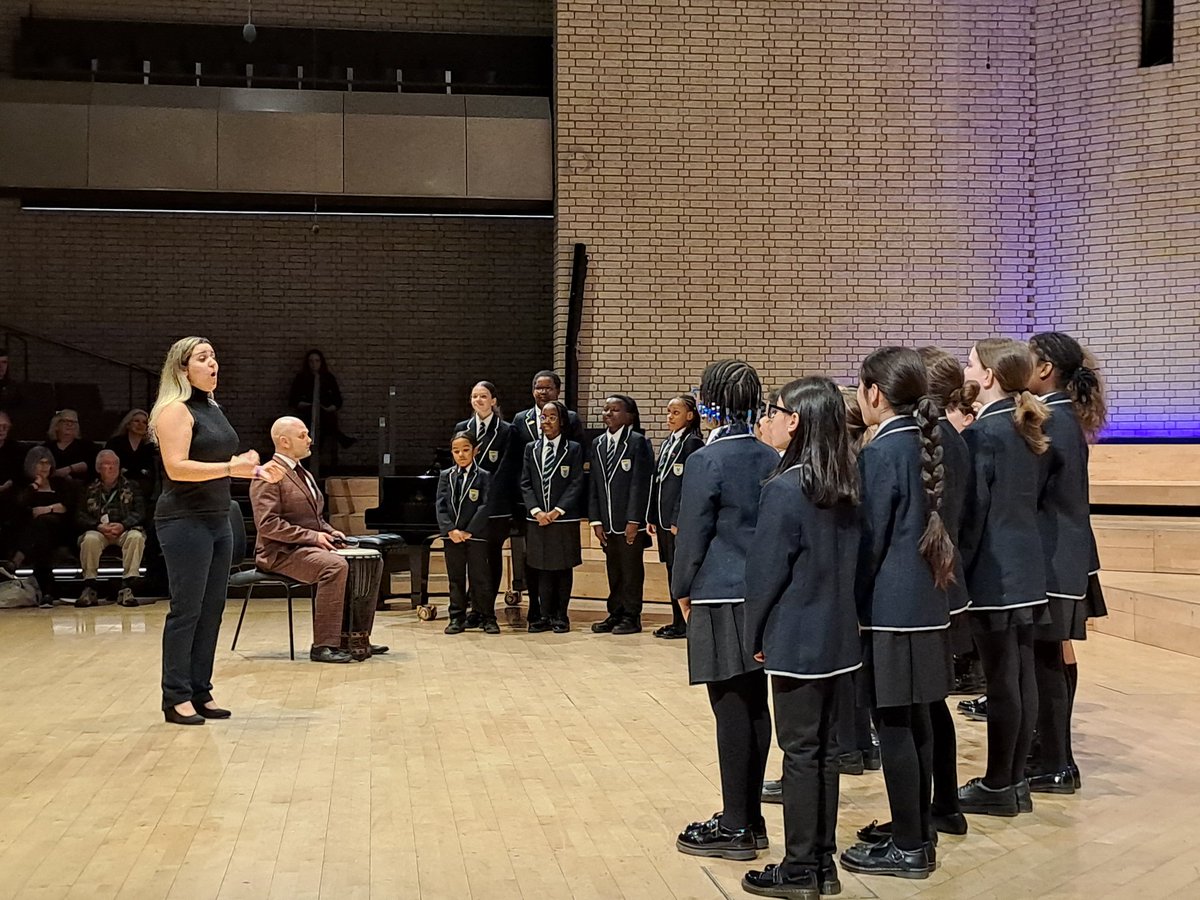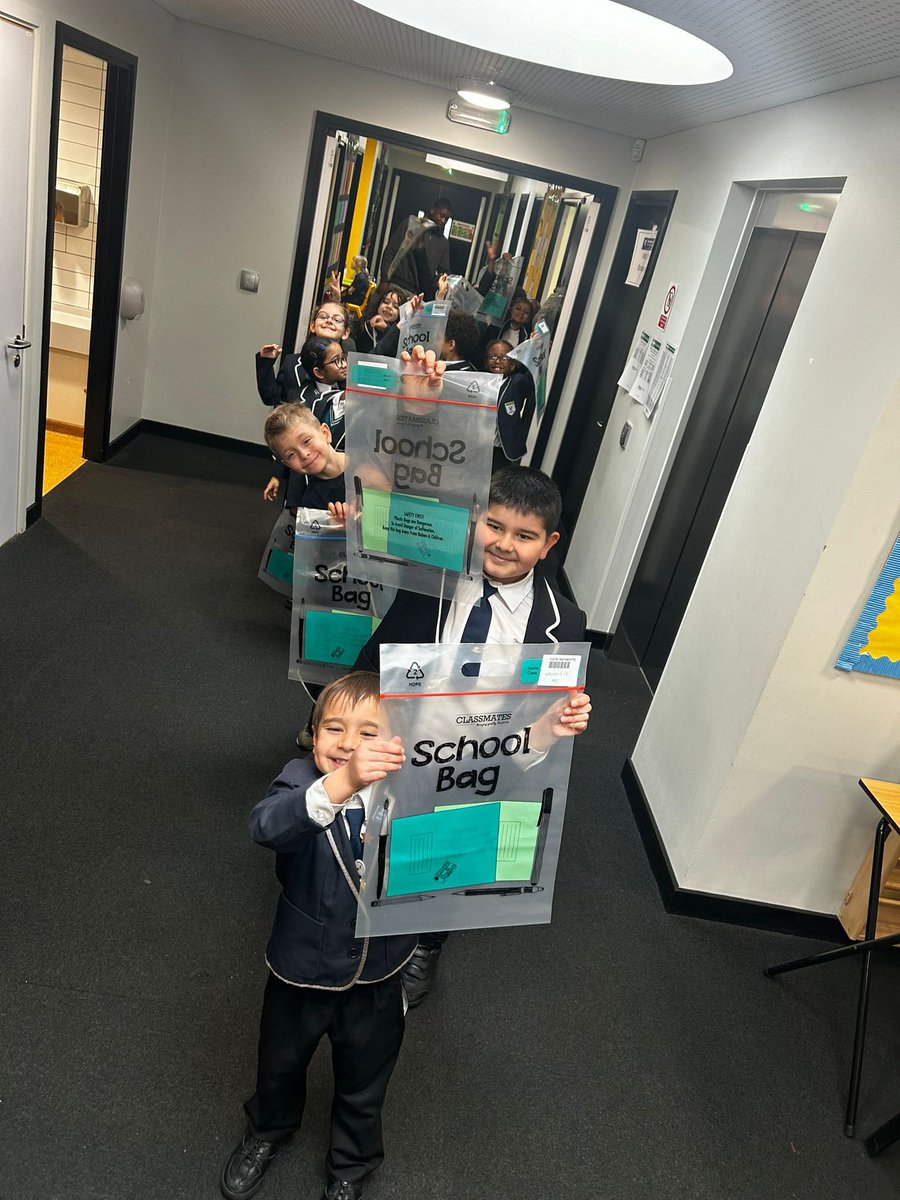Read Write Inc Phonics (RWI)
At Harris Chobham Primary we are committed to ensuring every child leaves school with the ability to read fluently and confidently. We are also passionate about instilling a love of reading among our pupils. This is because we know reading allows students to access all areas of the curriculum, as well as feeding imagination, building self- esteem and improving vocabulary. Its benefits are endless!
Read Write Inc
Read Write Inc Phonics (RWI) was first created by Ruth Miskin in 2002 and is the UK’s leading synthetic phonics program. It is a complete literacy programme which helps all children learn to read automatically, accurately and quickly, so they can focus on developing their comprehension skills, vocabulary and spelling.
-
It encourages children to develop a love of books by reading to them daily, at home and at school.
- It gives children access to a wide range of fiction and non-fiction books at school and at home.
- The teaching of reading and writing is rigorous, consistent and of the highest quality so that 100% of Year 1 children can reach the expected standard of the Phonics screening check.
- Lesson pace ensures every minute of learning is maximised. Lessons are fun and engaging, and excellent behaviour for learning is achieved through praise, teacher passion and an emphasis on participation.
- Teachers know how to teach even the most struggling reader – including older children.
- Regular half termly assessments ensure children are grouped effectively, so that every child learns at their specific ‘challenge’ level for a full hour every day.
Sound knowledge
The children are taught Set 1, Set 2 and Set 3 sounds in order. Each sound is taught with a corresponding rhyme to help them form the letters correctly and recognise sounds to blend them into words.
Words are read using the steps ‘Special Friends, Fred Talk, Read the Word’. Children identify the special friends and then Fred Talk the word, before blending the sounds to read the word.
Children practice these skills using real and nonsense (alien) words.

Lesson structure
EYFS
- All lessons begin with a speed sound lesson, where children are taught to identify, read and write a new Set 1 single letter sound.
- Children are taught to write single letters using corresponding rhymes.
- Children then learn how to blend sounds into words, first using magnetic boards, and then using green cards to blend independently.
- Once children are secure in all their Set 1 sounds and can blend, they begin reading short ‘ditty’ texts. Just like in KS1, they practice story words linked to the text, read the text in partners, learn how to answer questions relating to the text, and complete ‘hold a sentence’ activities.
- Storytime instils a love of reading and supports vocabulary development.
KS1
- All lessons begin with a speed sound lesson, where children are taught to identify, read and write Set 1, Set 2 or Set 3 ‘Special Friends’. Children who are secure in their sounds learn strategies to read and spell longer words, and to build fluency.
- Spelling is taught explicitly, and children learn how to use sound knowledge to spell accurately.
- Children are given strategies to read story words, and teachers share the meaning of and celebrate tricky words.
- Children practice reading sounds, reading words and reading their story book in pairs. Children are always engaged in their learning as one partner points and one partner reads.
- Children discuss questions in partners and develop comprehension skills by answering ‘find it’ and ‘prove it’ questions.
- Lesson cycles include ‘hold it’ activities where children hold a sentence in their head and then write it down, supporting SPaG and vocabulary understanding.
- Children are then taught how to apply specific grammar rules to build sentences before writing their own longer texts. Here, they independently apply the vocabulary knowledge and SPaG skills developed in the prior days of the RWI cycle.
Homework
Children read their phonics book three times in school before taking it home. They become confident at decoding, comprehending, and then reading the text with expression, before showing off their reading skills to their families at home. Children also take home a book bag book, which is matched to the sounds they already have a secure knowledge of.

Half termly, we also send home ‘virtual classroom’ video links which support daily phonics teaching at home. Children watch, repeat and join in as they would usually with their teacher in school.
What else can I do to support my child reading at home?
Research shows that reading children great stories aloud improves vocabulary, comprehension, and further instils a love of reading. The more you read at home, and the more you share your love of reading, the better readers they will become!
My child struggles with reading – what additional support is provided?
- All children working below age related expectations are tutored daily by trained phonics teachers. This tutoring identifies gaps in sound knowledge and reteaches Special Friends to ensure gaps are addressed as quickly as possible. Children who have a comprehensive knowledge of Set 1 Set 2 and Set 3 sounds, but struggle with fluency, are tutored for fluency.
- Weekly ‘conferencing’ slots are also provided for students who struggle with either reading comprehension, handwriting, grammar or sentence formation. These are delivered by class teachers.
- Whole class speed sound lessons are taught each afternoon to provide an additional opportunity for children to practice sounds each day.
- Students in KS2 who need continued support to address gaps in sound knowledge or build fluency are provided with daily phonics lessons.




















